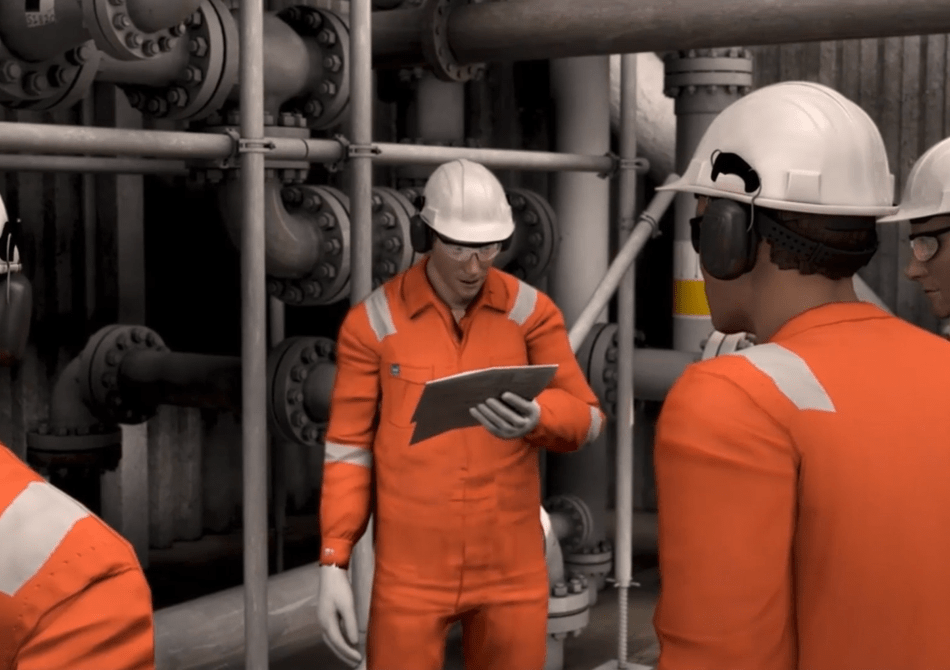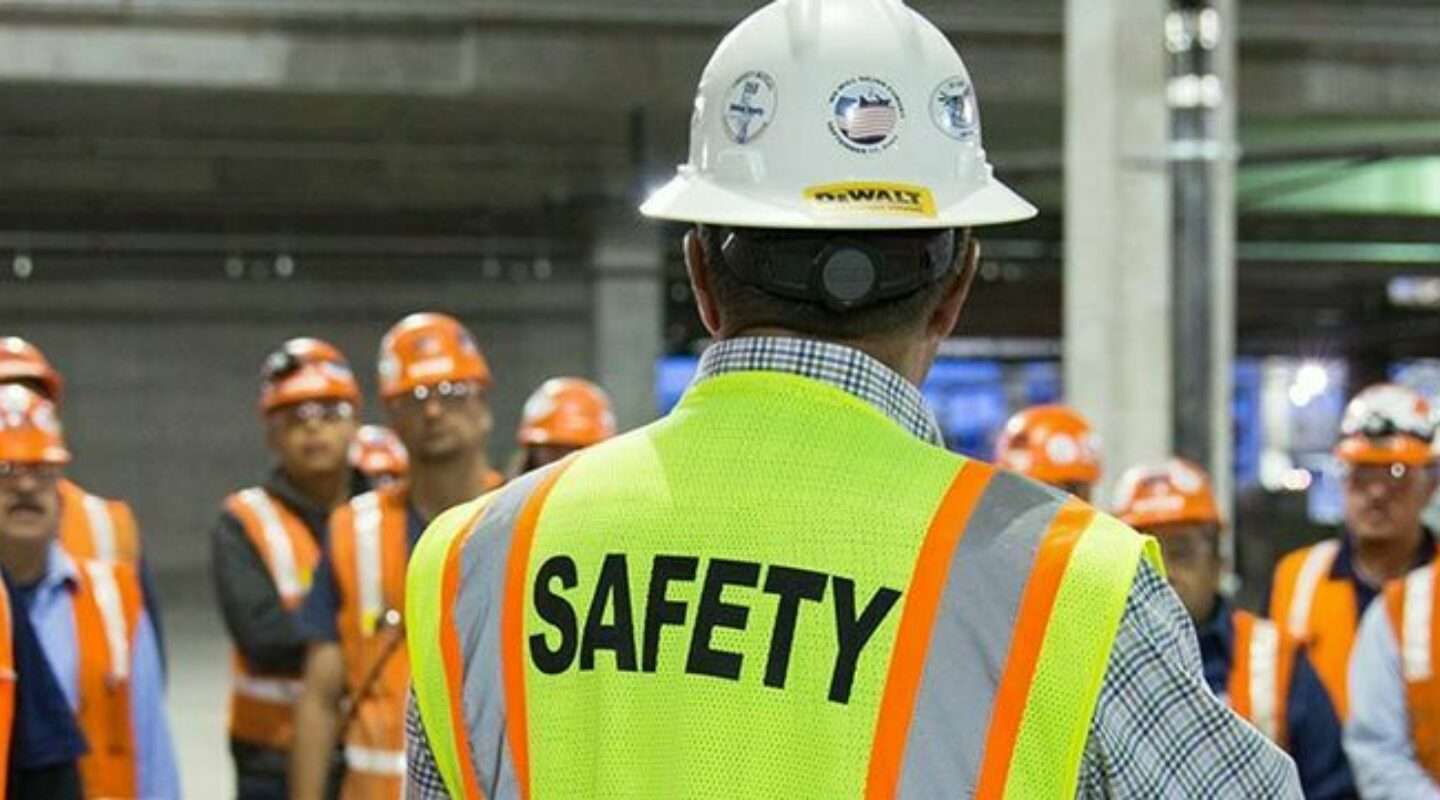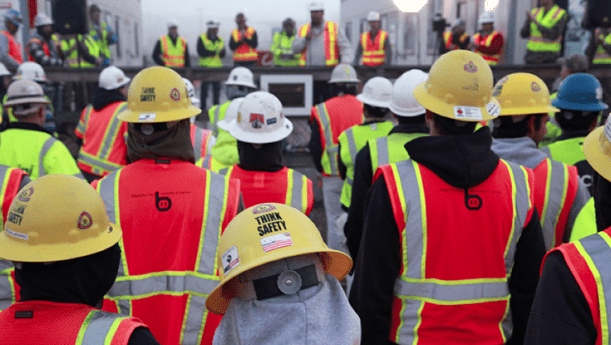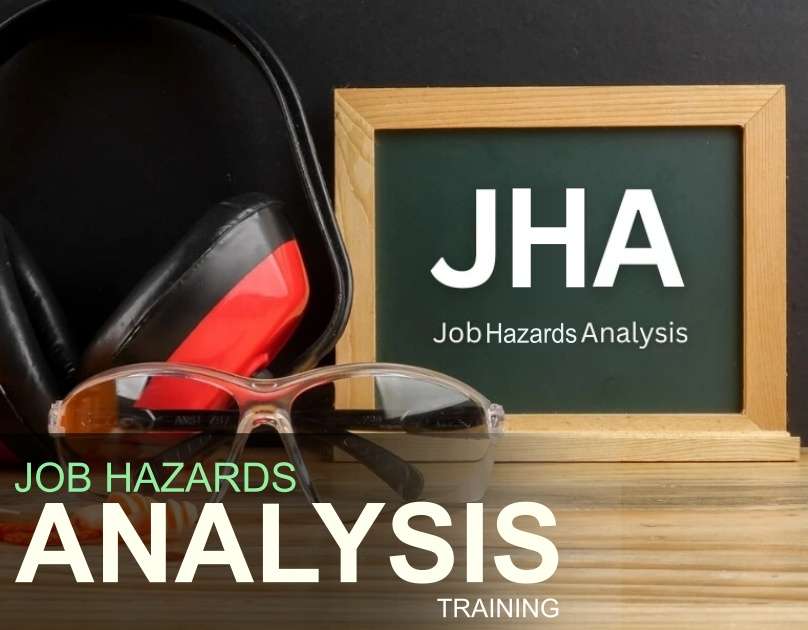How to have unlimited topics in toolbox talk?
Most newly-hired safety officers struggles in a role of providing toolbox meeting to their workforce or employees. Some are doing it in a general assembly for 15 – 20 minutes while some are doing it in a small crowd only for a specific activity specially if they are contractors for a small part of a project or maintenance contract.
There are many safety guru’s providing advises to select topics that are out of the job but a safety-specific topic such as heat stress, reminders on using the issued PPE to them etc. But the question is, “Is it really the right thing to do?”
Do safety officers need to conduct the toolbox meeting? Do we really need to do it in a general assembly pointing general inormation about safety?

What is the right topics to be discussed during the toolbox meeting?
The answer lies on its purpose or objective why in the first place we need to have a toolbox meeting. What is the real purpose of a toolbox meeting? First, what is the context of it?
Importance of toolbox talk meetings
Toolbox meetings are a great way to ensure everyone is on the same page when it comes to communication and expectations within the workplace. By setting aside time for discussion and education, staff feel valued and appreciated – which improves morale and productivity. Additionally, having a set routine for these meetings helps teams stay organized and get important messages out quickly. This can help reduce any confusion or miscommunication that may arise from mixed signals or not knowing what is expected from one another.


They also allow employers to keep up with legal requirements relevant to their business or industry. They offer an opportunity to review occupational health and safety guidelines, address any issues that may have arisen since the last meeting and discuss any additional training needed for new staff members or changing roles within the organization. Toolbox meetings thus serve as a reminder that all employees have rights within the workplace and should be aware of them at all times. Having these discussions regularly keeps everyone informed of their responsibilities while creating an environment based on trust and respect.
Now how are we going to achieve this?
If the real purpose of toolbox talk is to provide awareness in safety then why do we need to do it everyday? People will tend to feel boring and think that there is nothing important or special why do they need to pay attention. While if you are going to do it in general, our topic of choices are limited so we may repeat again what we already said before.
But if we will talk about specific matters, other workers on other trades may not relate to what you are going to say. What will be the effect of this?
Toolbox talk will become on of those things we are doing in safety that are just part of the tradition. We kept doing but no impact at all. In reality, toolbox talk is not supposed to be done in a general assembly unless the issue is general or the topics you need to talk about is applicable for everybody. It should be done by group or team based on specific activity.
Another thing is that the safety officer is not the right fit for this task for two reasons. One is that he or she is not more competent than the workers when we talk about experiences in the job that they are going to perform. Even about safety aspects, the team leader such as foreman or supervisors are the best fit for this role because they encountered those control measures already when they are still part of the workforce as subordinates.
The second reason is that if a safety officer will give the instruction to these workers, they might not listen or it may create conflict between the decision of the team leader and the safety officer. Workers will listen more to their superior than an outsider.
When we talk about the topic it is nothing less than the steps to fulfill the task along with the steps to ensure the safety of its execution.
From this point, it is clear that the very document that might provide these information is our Method Statement and the Job Hazards Analysis or JHA. Everyday the topic will be different unless they are going to do the same thing again. It means that if the task is the same from the beginning to end nothing is changed unless there will be additional inputs based on yesterday’s lesson or adjustment on implementations.
This will prevent workers to feel boring and will make the meeting more interesting for them because it will be 100% related to what they are going to perform. If the job is a multi-stage task, it means on certain stage the steps will be different so TBT topics will be different and applicable on what they will do that day. in this case, your TBT topics will become unlimited.
The task of the safety officer in this part is to ensure that the JHA is acceptable if they did it from scratch without referring from a risk assessment. But if they do, then as long as the risk assessment for the activity is accurate and effective, the JHA will be effective and correct too.
Learn about how to make an EFFECTIVE JOB HAZARDS ANALYSIS.



